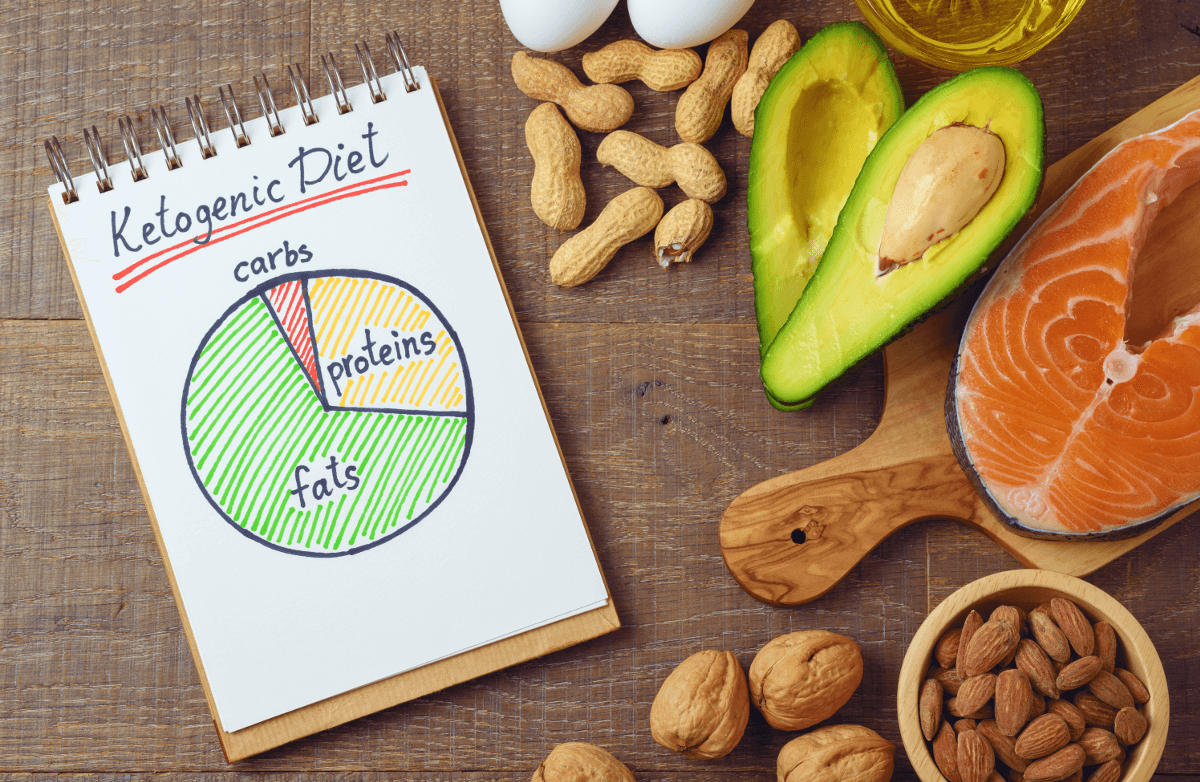September is Ovarian Cancer Awareness Month. Unlike breast or cervical cancers, ovarian cancer can be incredibly hard to detect in its earlier stages, which makes awareness that much more important. It is the fifth most common cancer in women.
Represented by a teal ribbon, this cancer is often called the silent killer because of its difficulty to detect.
Early detection is key. The following symptoms have been associated with ovarian cancer. If you or someone you know experiences similar symptoms almost daily for more than a couple of weeks, please call your health care provider (preferably a gynecologist) immediately:
- Bloating
- Pelvic or abdominal pain
- Difficulty eating or feeling full quickly
- Urinary symptoms (urgency or frequency)
Some facts about ovarian cancer, from the Ovarian Cancer National Alliance:
- One in 72 women will develop ovarian cancer (lifetime risk).
- One in 95 women will die from ovarian cancer.
- A woman’s lifetime risk of developing ovarian cancer is 1.39 percent.
- A woman’s risk of developing ovarian cancer and dying from it is 1.05 percent.
- The overall five-year relative survival rate for all women with ovarian cancer is 46 percent. This means that compared to women in the general population, five years from the time of diagnosis only 46 percent of women with ovarian cancer are still alive.
- However, the survival rate improves greatly to 93 percent if the cancer is diagnosed at an early stage before it has spread. Only 19 percent of ovarian cancer cases are diagnosed at this local stage.
- Approximately 75 percent of ovarian cancer cases are diagnosed at an advanced stage after the cancer has spread beyond the ovary.
- The five-year survival rate for women with ovarian cancer has not significantly increased in the past 30 years—a mere 8 percent.
- Women diagnosed with ovarian cancer from 1975 to 1979 experienced a five-year survival rate of approximately 38 percent. Today this rate is approximately 46 percent.
Some risk factors for
- started menstruating at an early age (before age 12)
- have not given birth to any children
- had their first child after age 30
- have experienced menopause after age 50
- have never taken oral contraceptives
- increased age, obesity, being a carrier of the "breast cancer" genes
According to research, eating at least 30 grams of fiber a day (most American get less than half that) can reduce your risk of both ovarian and breast cancers. Another reason to load up on whole grains, fruits and vegetables! Read more about how to increase your fiber intake!
For more information, including ways to help spread the awareness, please visit the Ovarian Cancer National Alliance.
Photo: That lovely logo was designed by me. :-)
|
|












.jpg)


